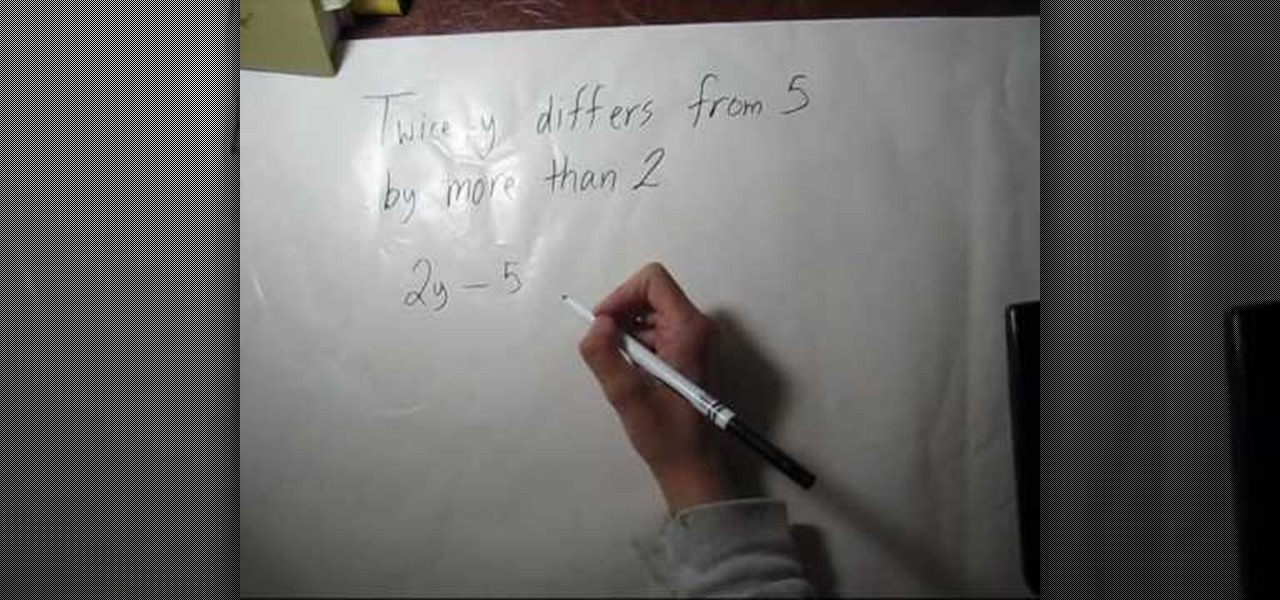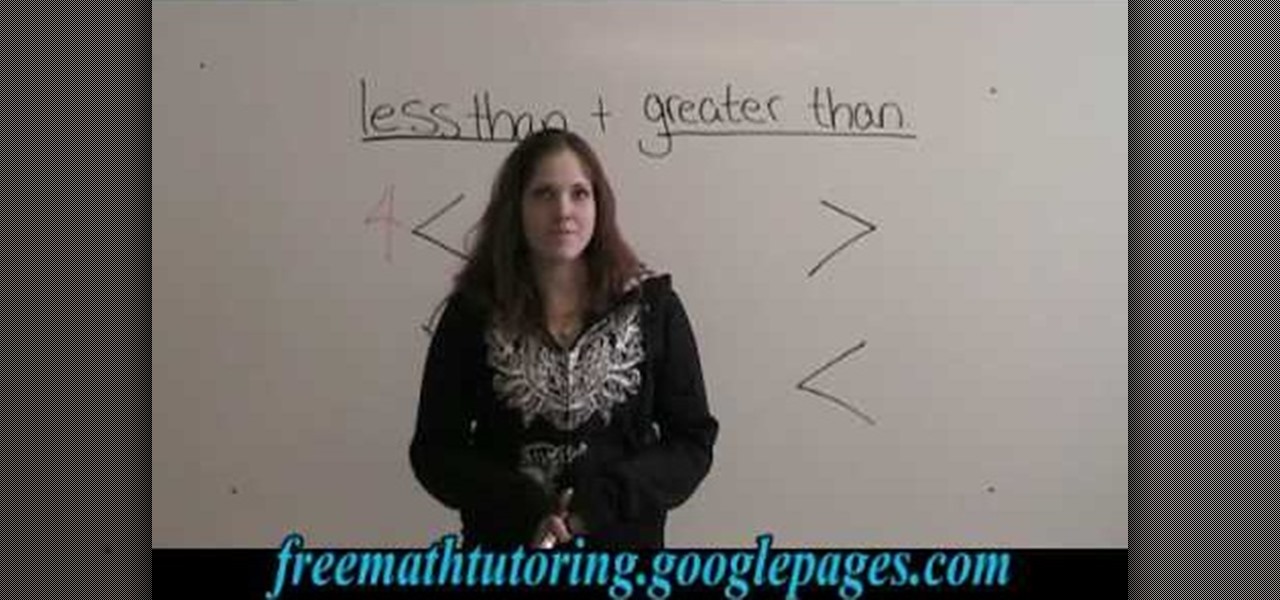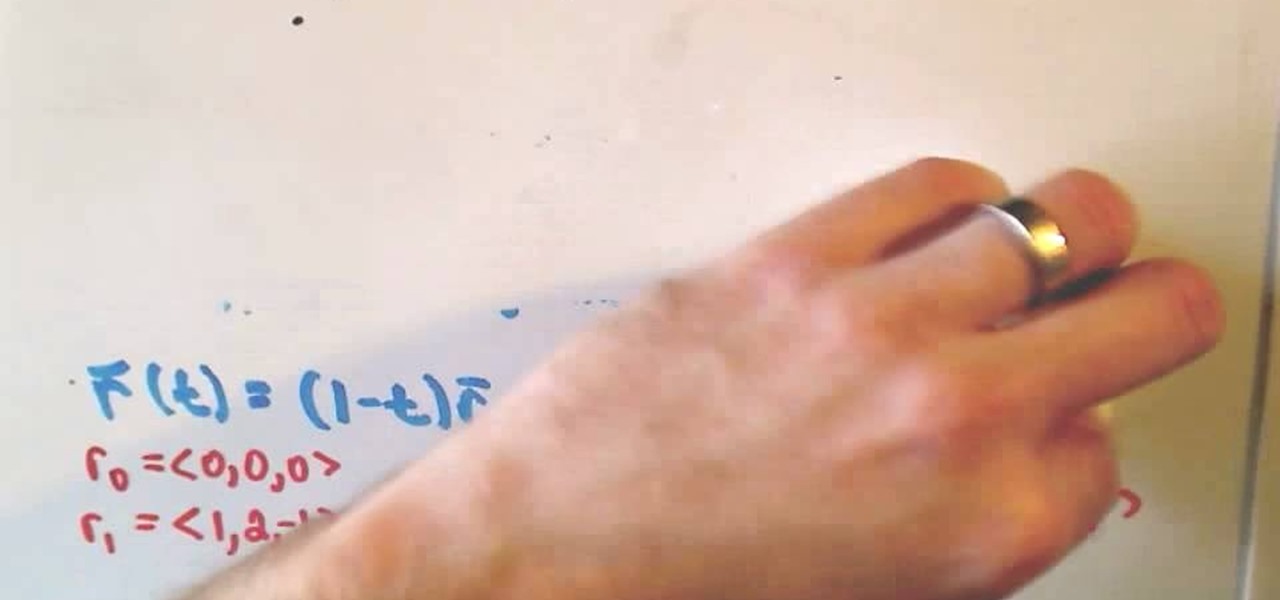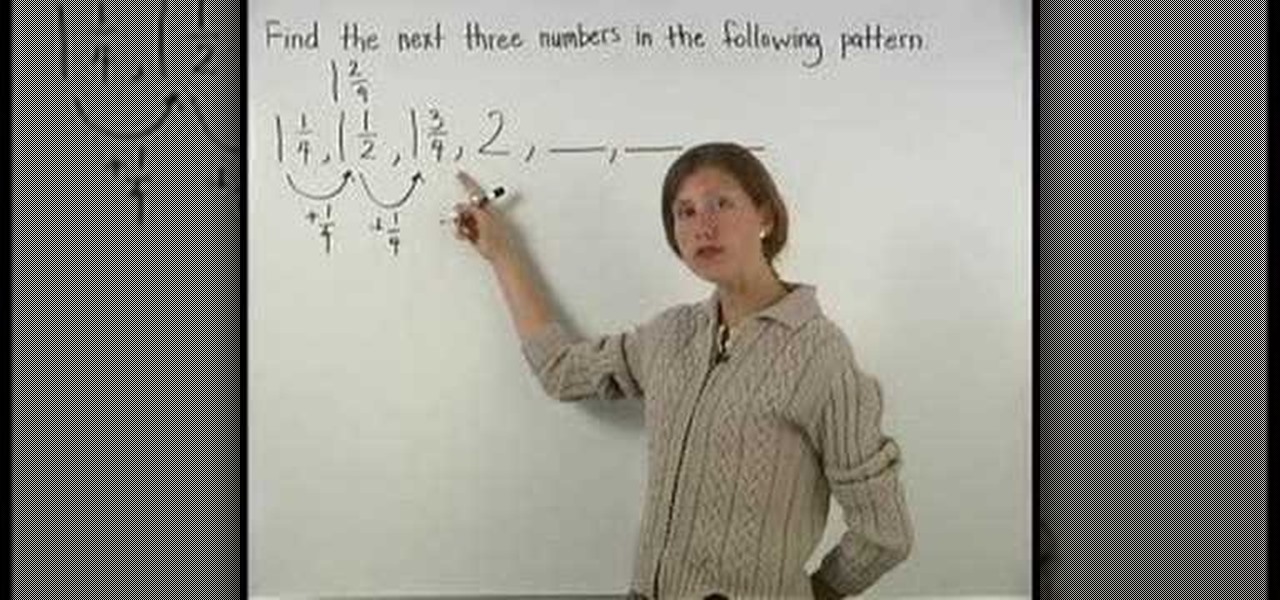Active Math Posts


How To: Solve simple interest algebra problems
In this math lesson we will learn how to solve problems involving simple interest. When you deposit money in a savings account, the bank pays you interest at a certain rate called interest rate. There are two types of interest: simple interest and compound interest. In this lesson we will talk about simple interest. We will use the following important formula:
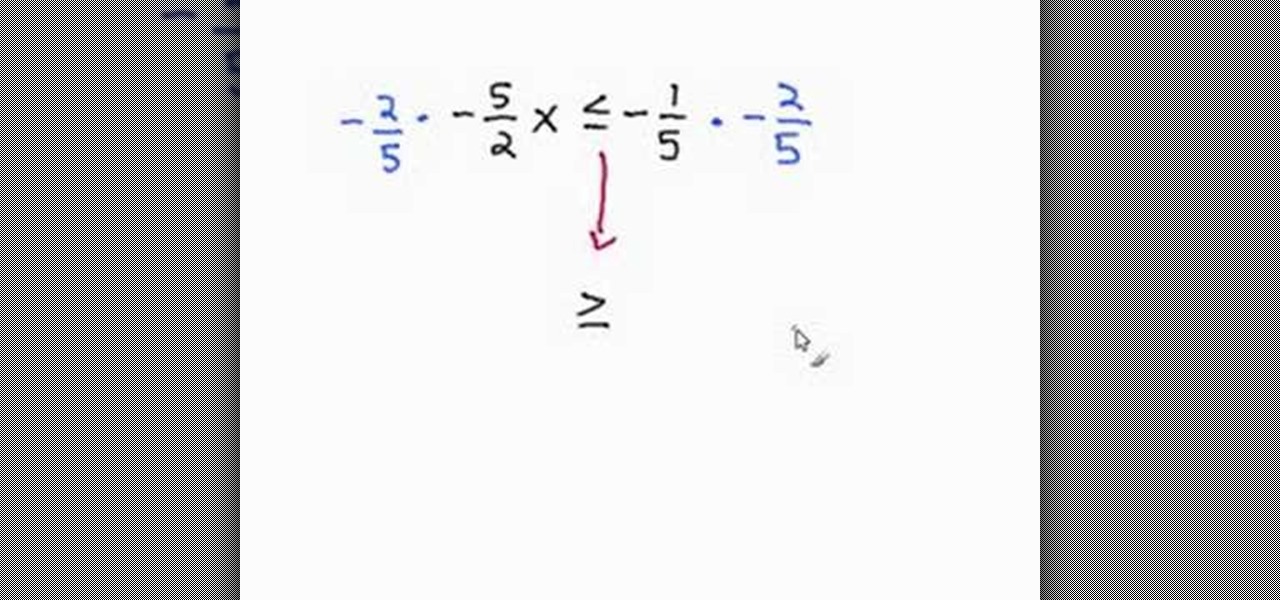
How To: Solve single-step inequalities using the reciprocal
This video tutorial is in the Education category which will show you how to solve single-step inequalities using the reciprocal. Let's solve the problem "negative 5/2 X is less than equal to negative 1/5". To solve for "X", we need to get rid of "negative 5/2". To do that, we multiply both sides of the inequality by the reciprocal of 5/2 and we need to keep the negative sign also. So, we multiply both sides by "negative 2/5". Whenever we multiply a negative to both sides of an inequality, the...
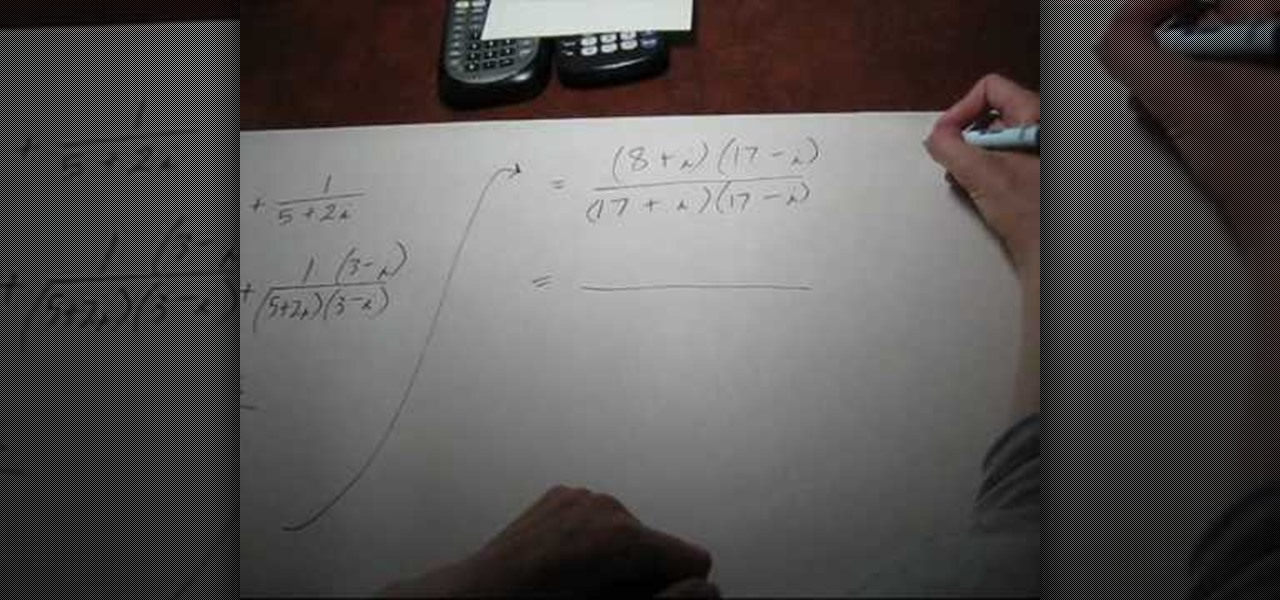
How To: Find the sum of reciprocals of complex numbers
In this tutorial the instructor shows how to calculate the sum of reciprocals of complex numbers. If you have to find out the sum of the reciprocals of two complex numbers first you will have to find out the least common multiple of the denominators. To do this multiply the numerator and denominator of the first fraction by the second complex number. Similarly multiply the numerator and denominator of the second fraction by the first complex number. Now you will have two fractions whose denom...
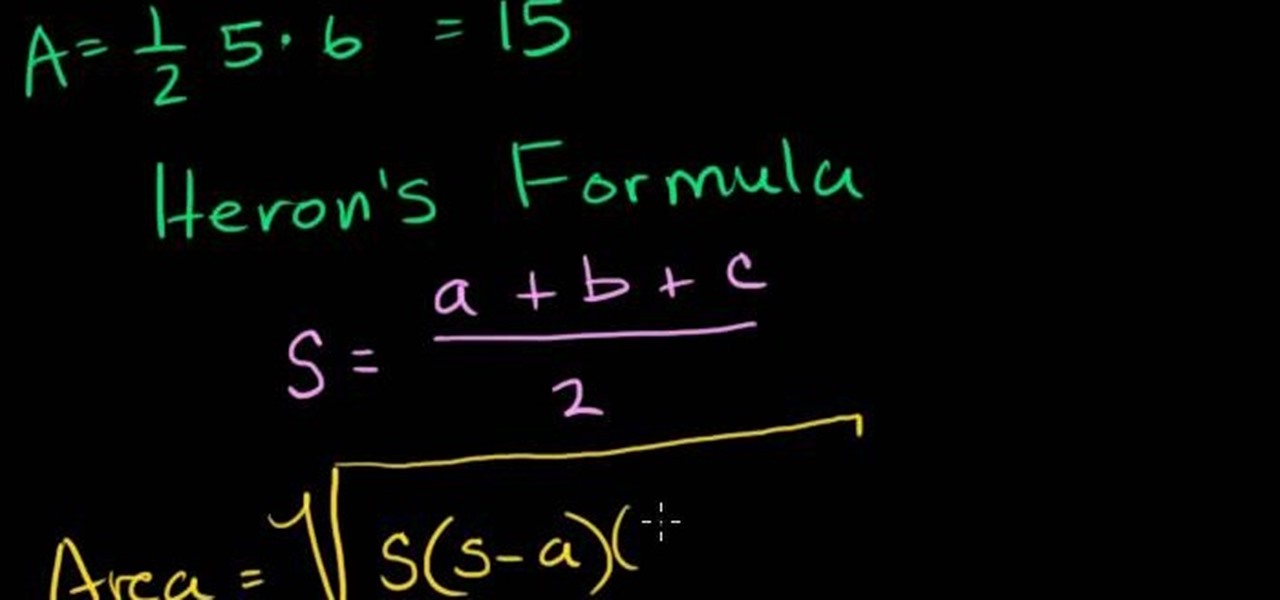
How To: Use Heron's formula
Area of a triangle can be calculated when you have the length of its base and height. In this case the area is 1/2 times the base and its height. If you do not know the height of the triangle but know the lengths of all the sides of the triangle then you can calculate its area using the Herons formula. First to use it you need to computer the semi perimeter of the triangle S, which is S = (a + b + c)/2, where a, b, c are the lengths of the sides of the triangle. Now the area of the triangle i...
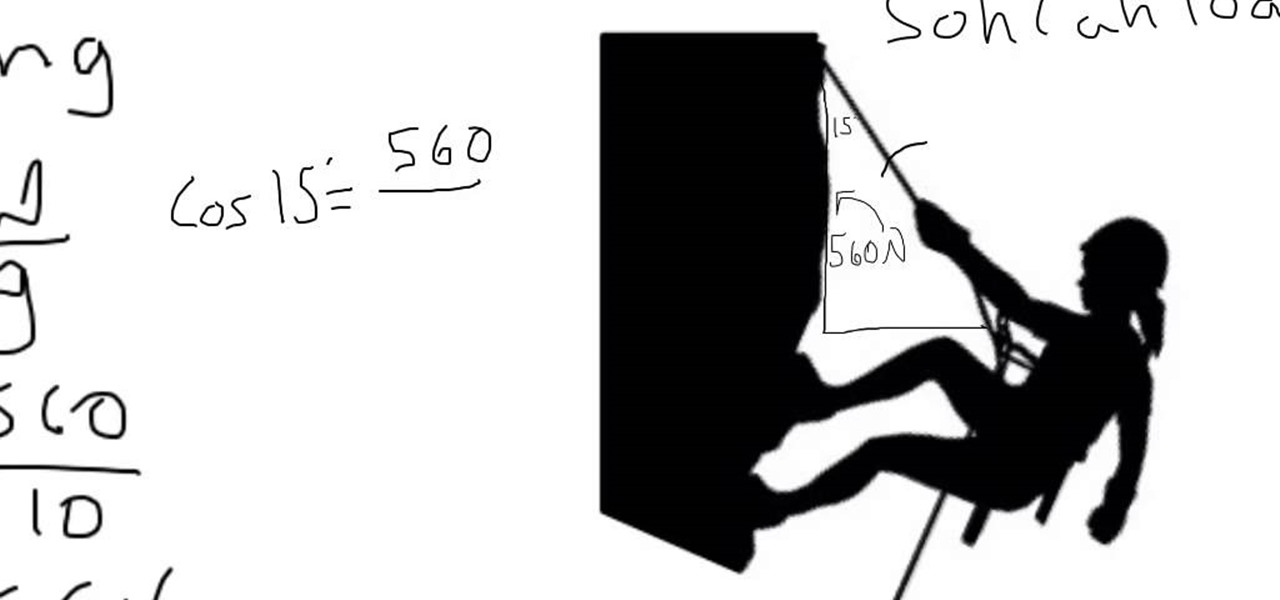
How To: Work a Tension Problem
In this video tutorial I will be explaining how to work a tension problem. Usually these problems are found during a Newtons laws unit in physics. I am currently in physics and I thought I might share my strategy and work to help you guys succeed in the problems. Thank You. The video was made with Explain Everything. Also, please check out my youtube channel. It is new and I pasted a link for you guys to check out. Like comment and subscribe!
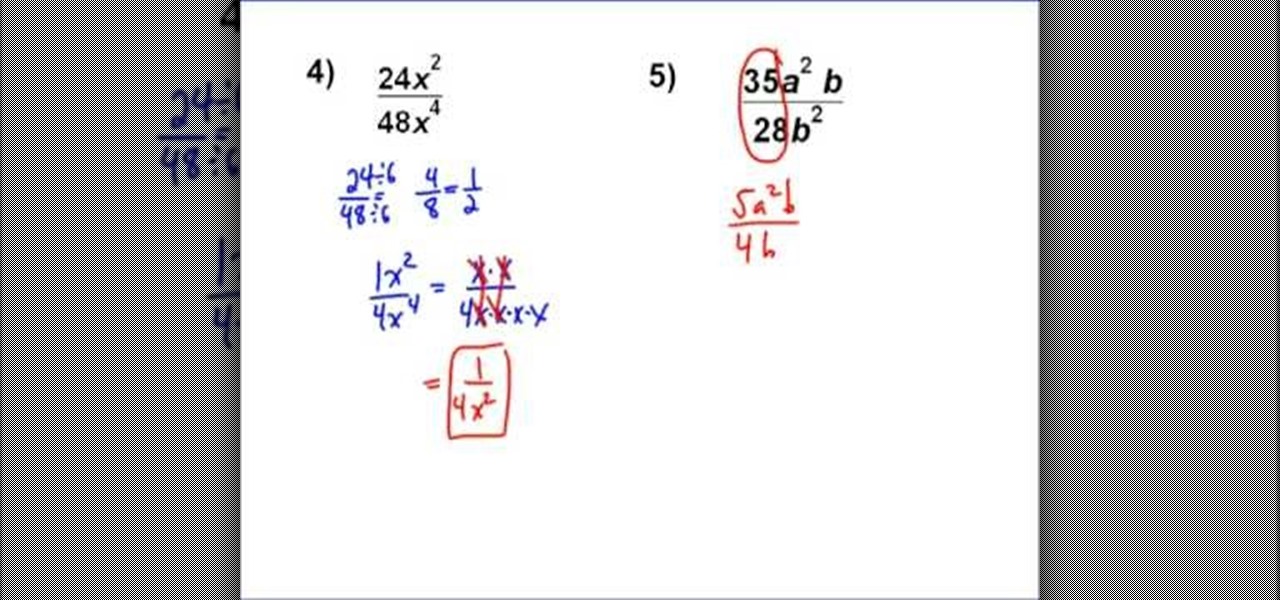
How To: Simplify complex fractions with variables
In order to simplify complex variables, you must first consider the numerical values separate from the variable. In the case of 24x/48x, you would look at the numbers alone to see if they have any factors. These numbers have the number 6 in common. So, divide it by 6. This will give you 4/8. This still requires some simplification. Two is still a factor for both. So, divide it again by four. This will give you 1/2. Now, if the numerator was raised to the second power, in the original equation...
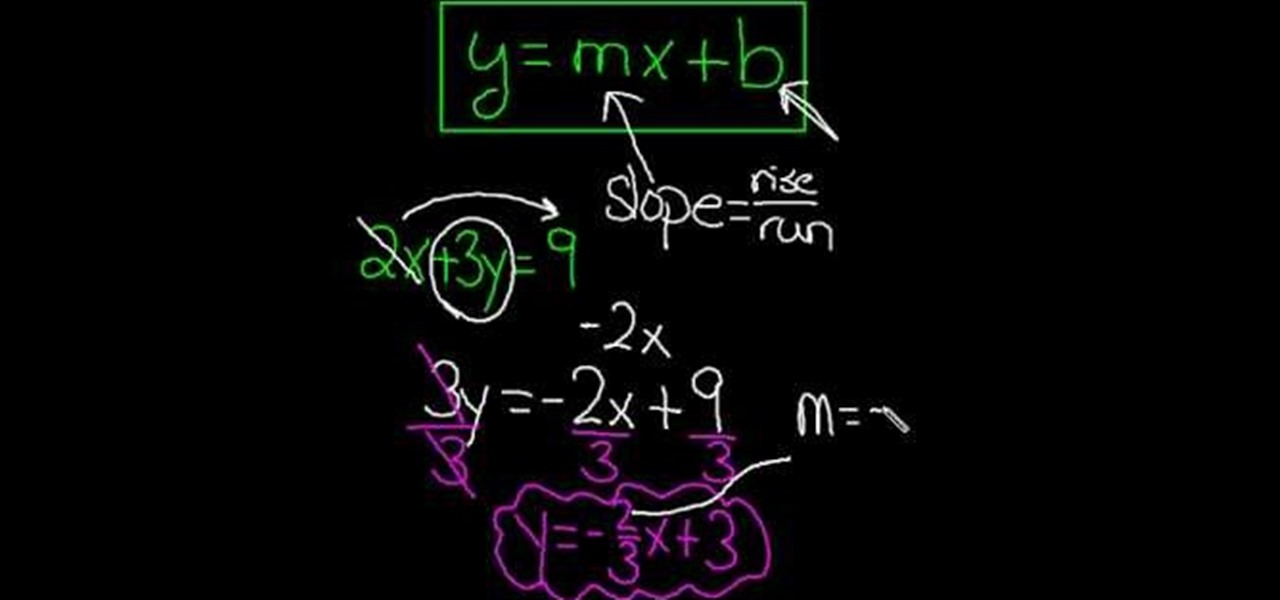
How To: Solve algebraic equations with the y = mx+b format
This video shows us how to solve algebraic equations with the y = mx+b format. When talking about solving y=mx+b format, it’s about solving linear equations so that y is on one side and with some terms x on the other side. Here in this equation 'm' is actually the slope of the line and slope= (rise/run) and it is interrupted with the term 'b'. This can be explained by taking an example of the same format. In the example 2x+3y=9, we need to shift the term '2x' to the other side so that the equ...
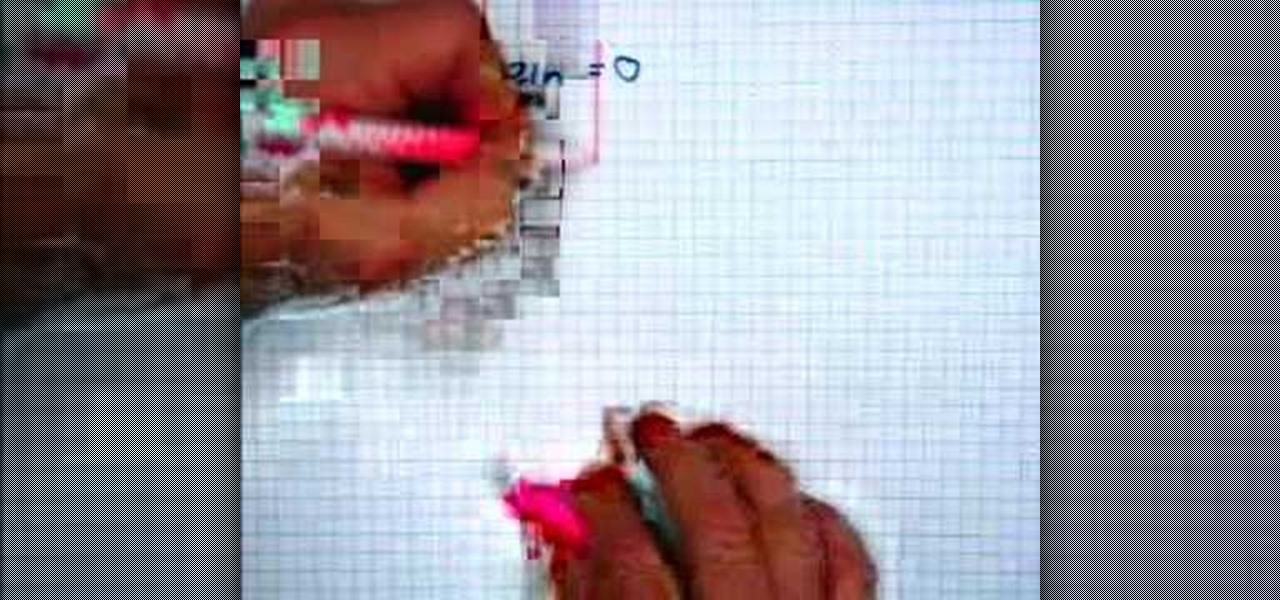
How To: Solve multi-step equations
In this video the instructor shows how to solve multi-step equations. In a multi-step equation, the equals to sign divides the two sides of the problem. To solve this kind of problem, the first thing

How To: Build yourself a slide rule
Nate, the Mathematics Guy shows you the basics of a slide rule. He explains what a slide rule is and how you can build one of your very own!
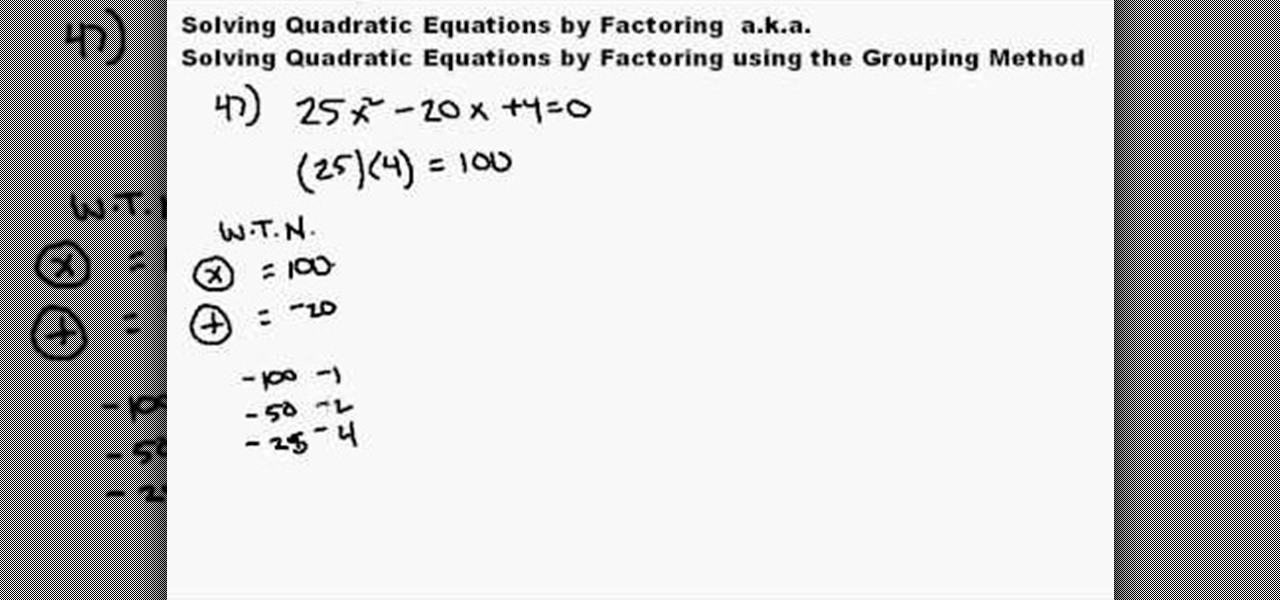
How To: Solve quadratic equations by factoring using grouping
Learn how to take a quadratic equation in standard form and change the trinomial into a binomial product. Using the zero product rule, the zeros of the graph can then be found. The grouping method is effective when the leading coefficient (the number factor of the squared term) is some number other than 1 (one). From Ramanujan to calculus co-creator Gottfried Leibniz, many of the world's best and brightest mathematical minds have belonged to autodidacts. And, thanks to the Internet, it's easi...

How To: Find the value of a variable in an algebraic equation
Need help figuring out how to solve simple algebraic equations? Learn how with this free video lesson. From Ramanujan to calculus co-creator Gottfried Leibniz, many of the world's best and brightest mathematical minds have belonged to autodidacts. And, thanks to the Internet, it's easier than ever to follow in their footsteps (or just finish your homework or study for that next big test).
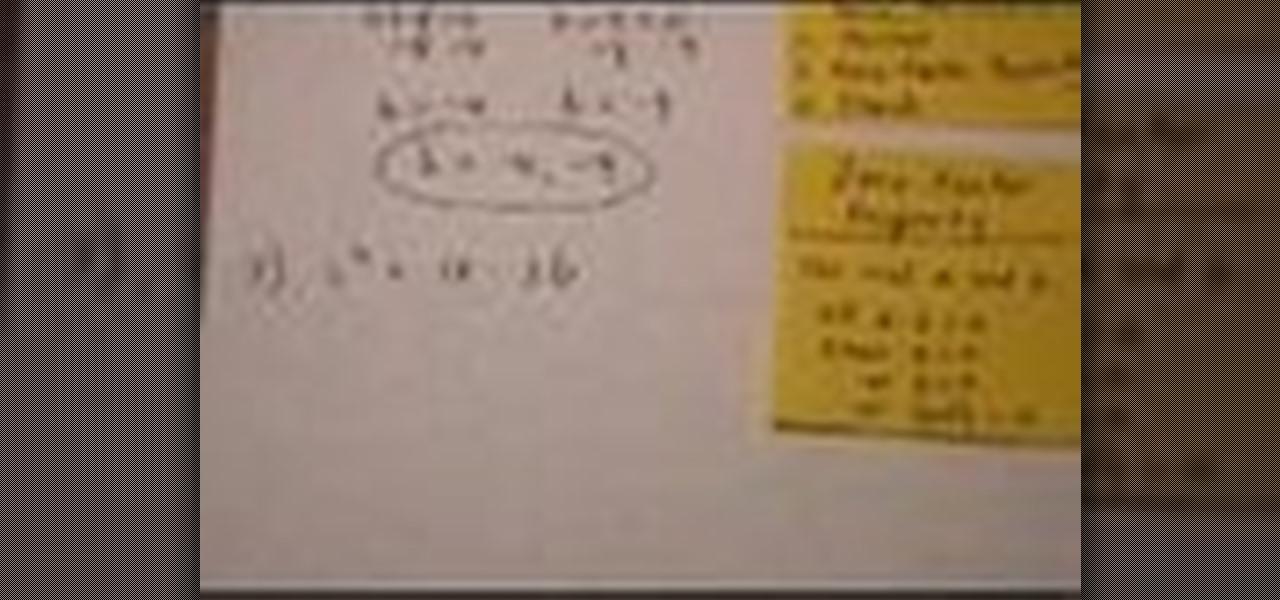
How To: Solve quadratic equations by factoring in math
In this video the instructor shows how to solve quadratic equations by factoring. You can solve a quadratic equation by factoring them. To do this first write the equation in the standard from which is a*x*x + b*x + c = 0. Now factor the equation into two smaller equations of single degree. Now you can apply the zero-factor property to solve the equation in this from. The zero-factor property states that for a real values a and b, if a multiplied by b is equal to zero then value of a must be ...
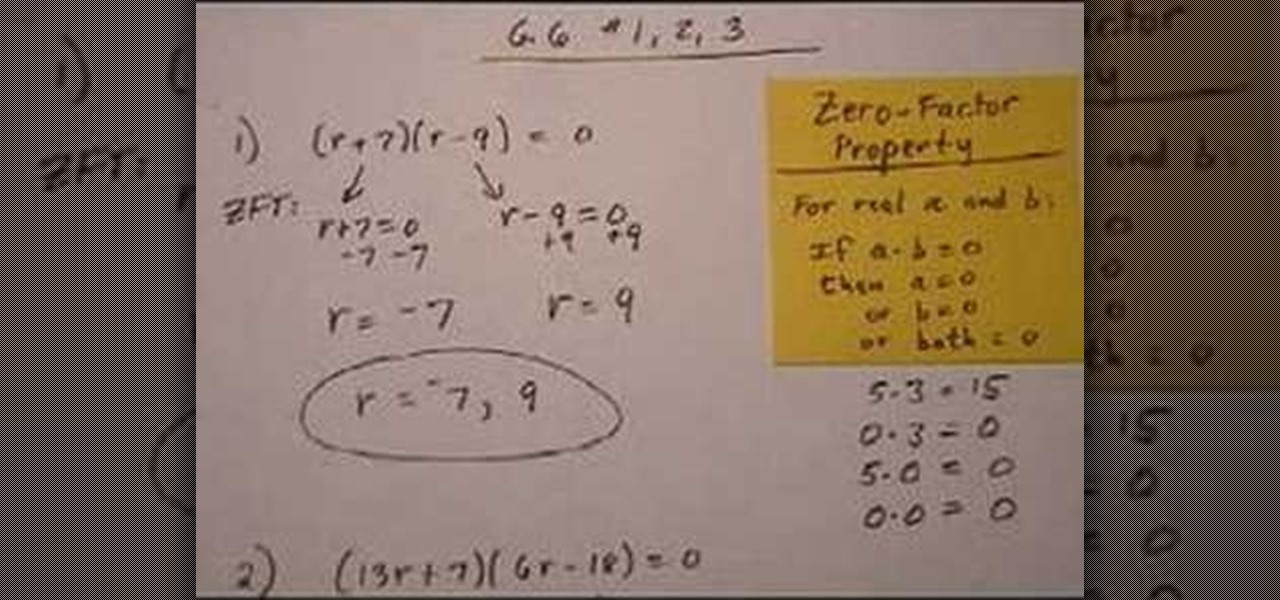
How To: Solve quadratic equations by factoring
This is a great educational video on how to solve quadratic equations by factoring. Let us take an example and try to learn the method. Here is a quadratic equation: (r+7) (r-9) = 0. Consider zero-factor property. For real a and b, if a.b = 0, then a = 0 or b = 0 or both are equal to zero. So r+7 = 0 or r-9 = 0 > r = -7 or r = 9. Hence, r = -7, 9. Similarly to solve a quadratic equation (13r+7) (6r-18) = 0, we will get 13r = -7 or r = -7 over 13. Also 6r = 18 or r = 3. So r= -7over 13, 3. Thi...
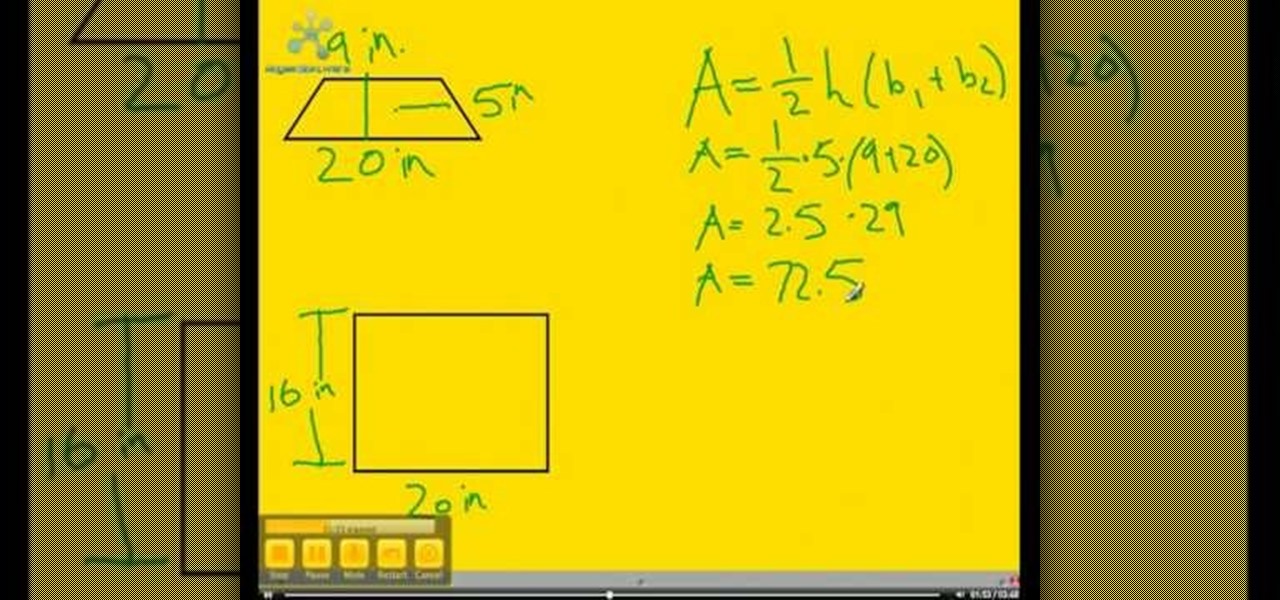
How To: Calculate the area of complex shapes
Watch this video to learn how to calculate the area inside complex figures--shapes composed of multiple smaller, simpler shapes. The first step is to break the shape into its simpler component shapes. Then, using the information you have about the large shape, find all information you can about the smaller ones: base, height, etc. Next, find the areas of the smaller component shapes. Finally, add the areas of each of the component shapes together to find the area of the complex shape. Now you...

News: I Can Guess Your Address Any Where in the World
mind blowing maths trick.
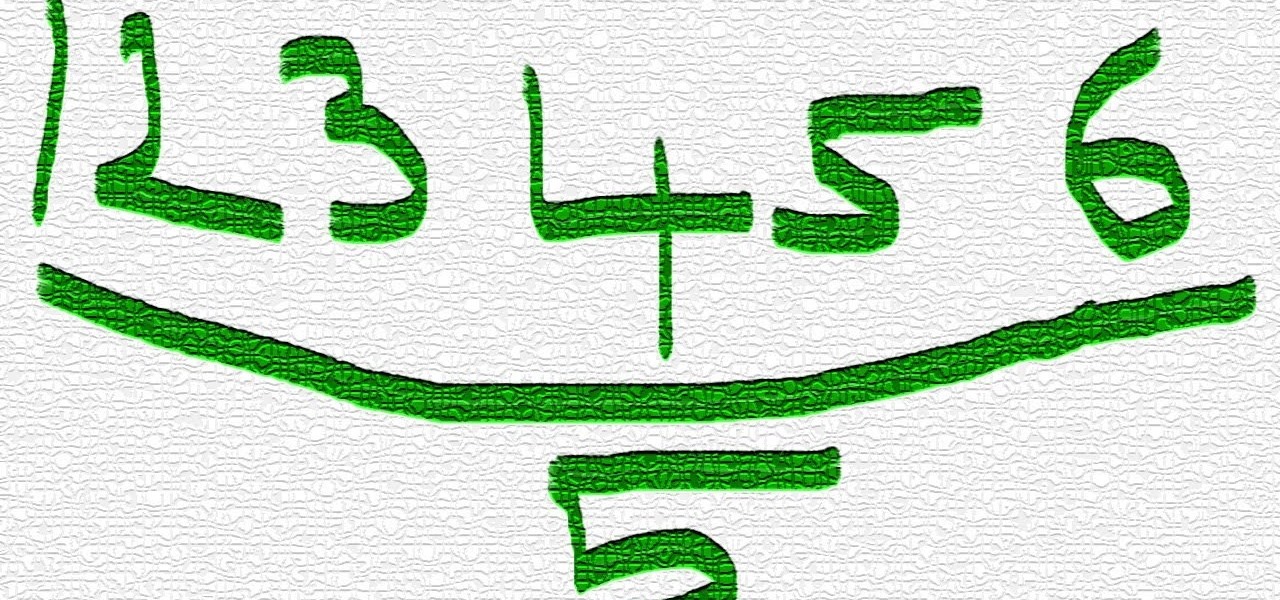
How To: Divide Any Number with 5 in Just a Few Seconds
Fast maths tricks!

How To: Solve mathematical functions and graphs
Check out this instructional math video that demonstrates how to calculate mathematical functions and graphs. In this 9th lesson, learn how to solve on SAT Algebra problems using the Official SAT Study Guide (as always). Here are the math problems and their page numbers that this video covers:

Brain Wash Trick: Guessing Your Phone Number & Age in One Minute
I will guess your phone number and age in one minute.
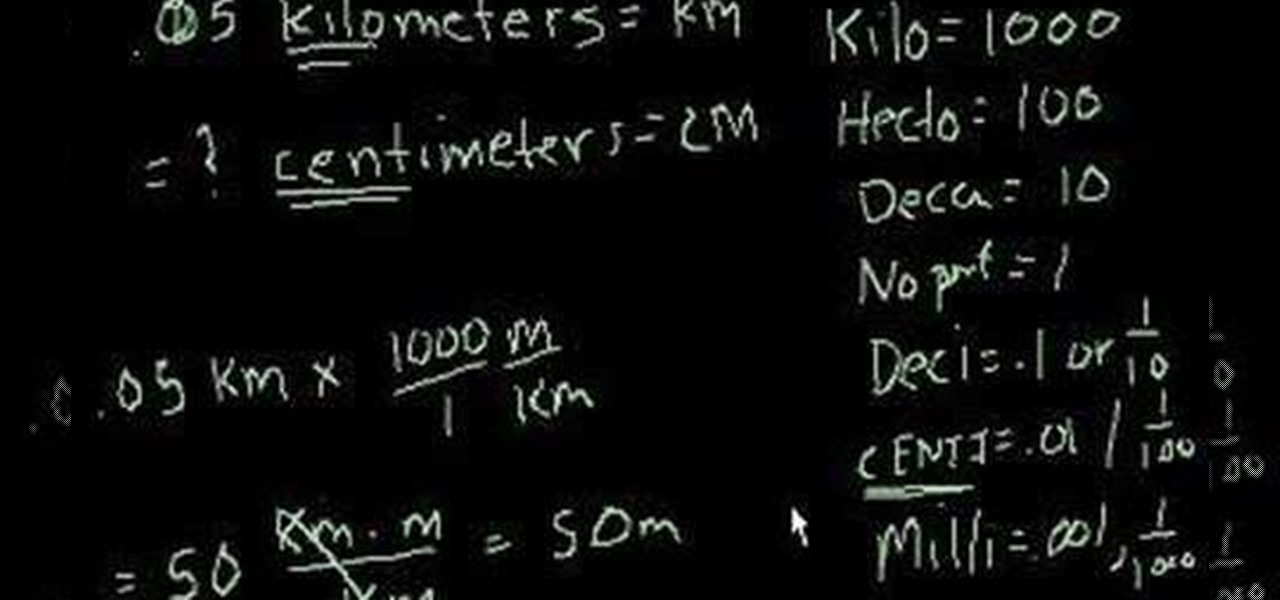
How To: Convert between metric units
Need help figuring out how to convert between the assorted metric units? From Ramanujan to calculus co-creator Gottfried Leibniz, many of the world's best and brightest mathematical minds have belonged to autodidacts. And, thanks to the Internet, it's easier than ever to follow in their footsteps (or just finish your homework or study for that next big test). With this installment from Internet pedagogical superstar Salman Khan's series of free math tutorials, you'll learn how to convert betw...
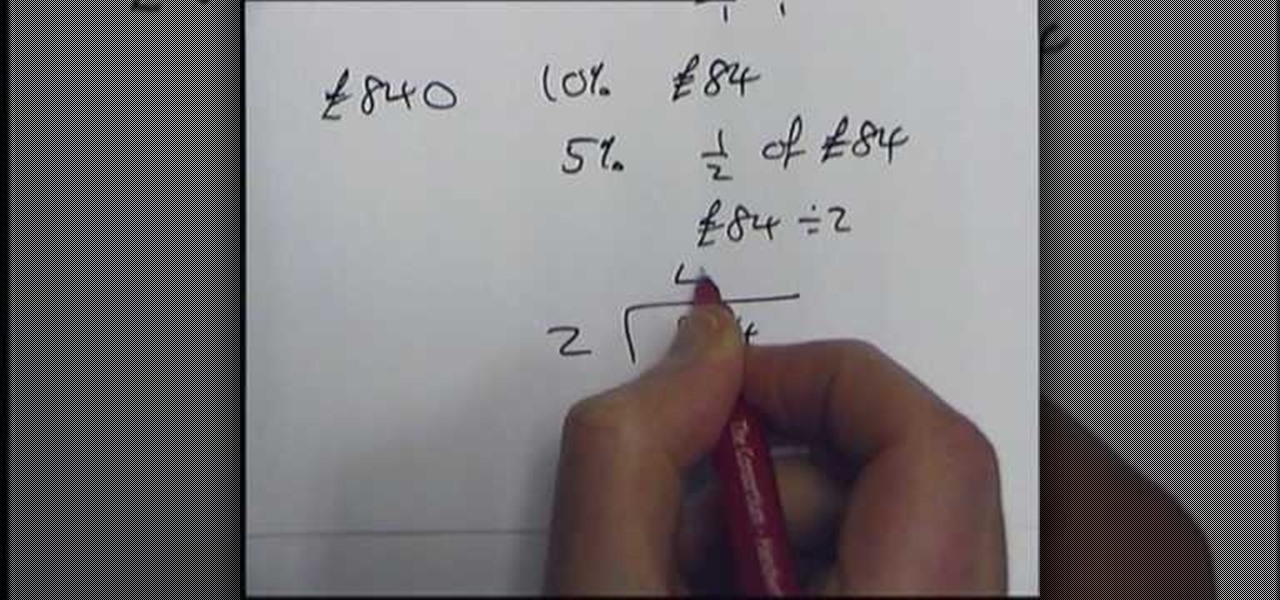
How To: Solve percentages without a calculator
Want to know how to find percentages quickly without the use of a calculator? It's easy. This free video math lesson will show you how it's done. From Ramanujan to calculus co-creator Gottfried Leibniz, many of the world's best and brightest mathematical minds have belonged to autodidacts. And, thanks to the Internet, it's easier than ever to follow in their footsteps (or just study for that next big test).
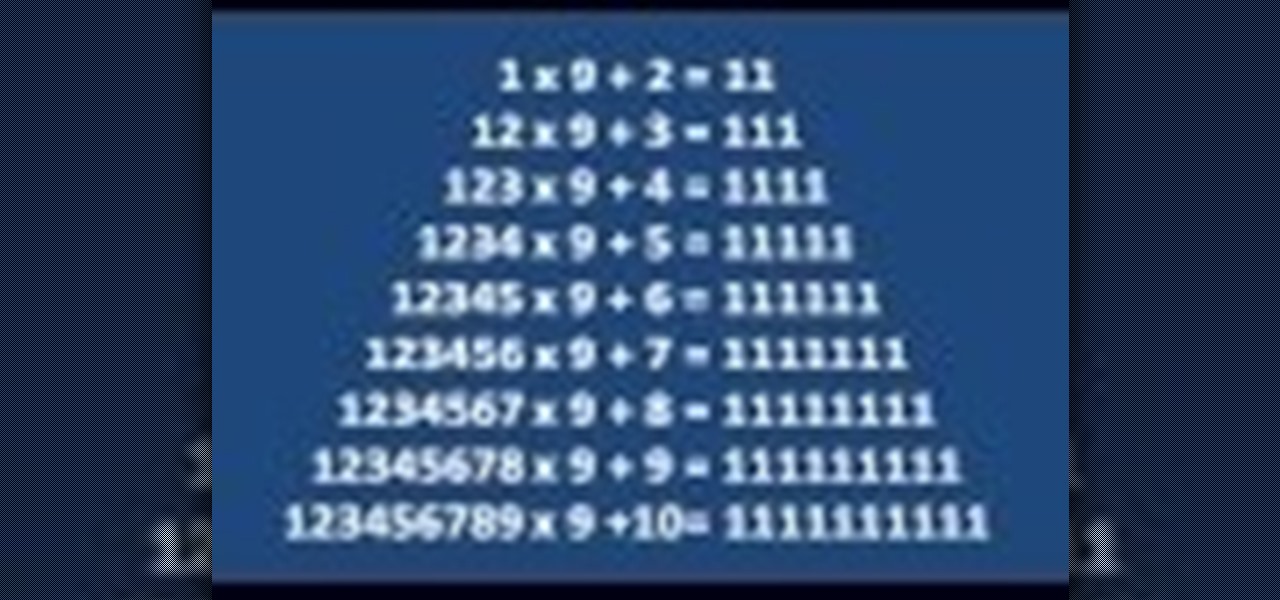
News: Beauty of Mathematics
beautiful mathematics .amazing shaped hills with numbers formed in multiplication.watch it and show it to the children and students to make them interesting on mathematics.
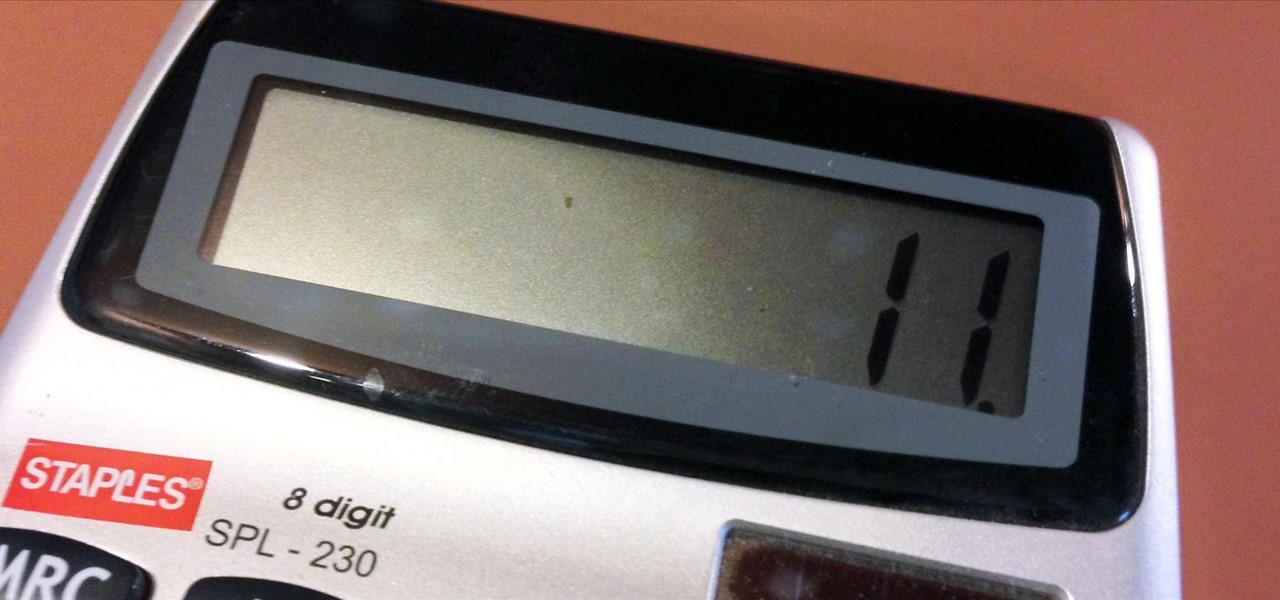
How To: Multiply Any Number by 11 with a Super Fast Mental Trick
Most of the time, when I’m bored during math class, I play with my calculator to satisfy my boredom. Recently, I've discovered that when multiplying any number by 11, 111, or any number similar to it, that it has a pattern (though I guess everything in math has a pattern). I don't know if this technique is original, because I didn't read anything about this. It's just mere observation. If it’s a tried and true technique, let me know.

How To: Find an LCM with the upside-down birthday cake method
Look for an easy way to find the least (or lowest) common multiple for a set of numbers? Like to think in pictures? Try the upside-down birthday cake method! Learn how with this free video lesson. From Ramanujan to calculus co-creator Gottfried Leibniz, many of the world's best and brightest mathematical minds have belonged to autodidacts. And, thanks to the Internet, it's easier than ever to follow in their footsteps (or just finish your homework or study for that next big test).

News: I Can Guess Your Salary
Video: .

News: Your Answer Is Always 1 Try It
Video: . MinuteMaths - YouTube.


News: I Can Say Your Birthday
i can guess exact date and month of your birth day.bet and win with anyone using this trick .it never fails.you can attract your colleagues and classmates with this trick.

How To: Find a missing angle in a parallelogram
Could you use a little help figuring out how to find an unknown angle in a paralellogram? Watch this free video geometry lesson. From Ramanujan to calculus co-creator Gottfried Leibniz, many of the world's best and brightest mathematical minds have belonged to autodidacts. And, thanks to the Internet, it's easier than ever to follow in their footsteps (or just finish your homework or study for that next big test). With this free math tutorial, you'll learn how to calculate a missing angle in ...
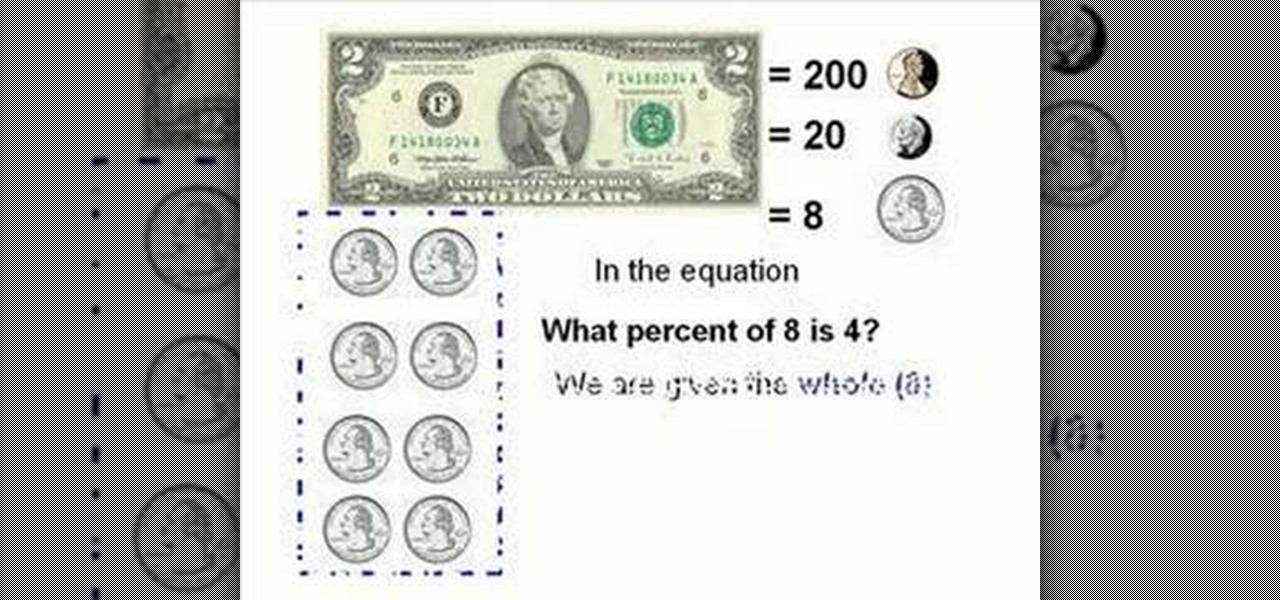
How To: Calculate percentages with monetary examples
Do you need to brush up on your fraction and percentage skills or get ahead of the class in math? This video shows several different examples of how to calculate percentages by using fractions. Money is used as a frequent example because quarters and change are easier to figure out and can help you translate when solving a math problem. You can also solve equations by writing them down and diving the part by the whole. Sound complicated? Watch the video and see how easy you can master calcula...

How To: Divide a whole number by a proper fraction in math
Want to know how to divide a whole number by a proper fraction in basic arithmetic? Learn how it's done with this free video math lesson. From Ramanujan to calculus co-creator Gottfried Leibniz, many of the world's best and brightest mathematical minds have belonged to autodidacts. And, thanks to the Internet, it's easier than ever to follow in their footsteps (or just finish your homework or study for that next big test).

How To: Spend Money on a Graphing Calculator? Nah—Just Use This Web-Based TI Emulator
For the majority of my math classes in middle and high school, a graphing calculator was a must. While the calculators were very useful to have, they were quite steep in the price column. After losing the TI-83 graphing calculator my parents bought me in high school, I had to save up my own money to buy the next one.

How To: Rewrite expressions with the distributive law of multiplication
From Ramanujan to calculus co-creator Gottfried Leibniz, many of the world's best and brightest mathematical minds have belonged to autodidacts. And, thanks to the Internet, it's easier than ever to follow in their footsteps (or just finish your homework or study for that next big test). With this installment from Internet pedagogical superstar Salman Khan's series of free math tutorials, you'll learn how to unpack and solve problems requiring you to rewrite and simplify an expression with th...

How To: Find the area of a triangle given three points
In this tutorial, we learn how to find the area of a triangle given three points. First, you will need to plot the points on a graph. After this, find the base and the height using the graph. Next substitute into area of a triangle formula and then evaluate. When you finally find the area of the triangle, then you will write down the answer ending it with the units. This is a simple way to find the area of the triangle, you just have to make sure you count correctly and have calculated the ar...
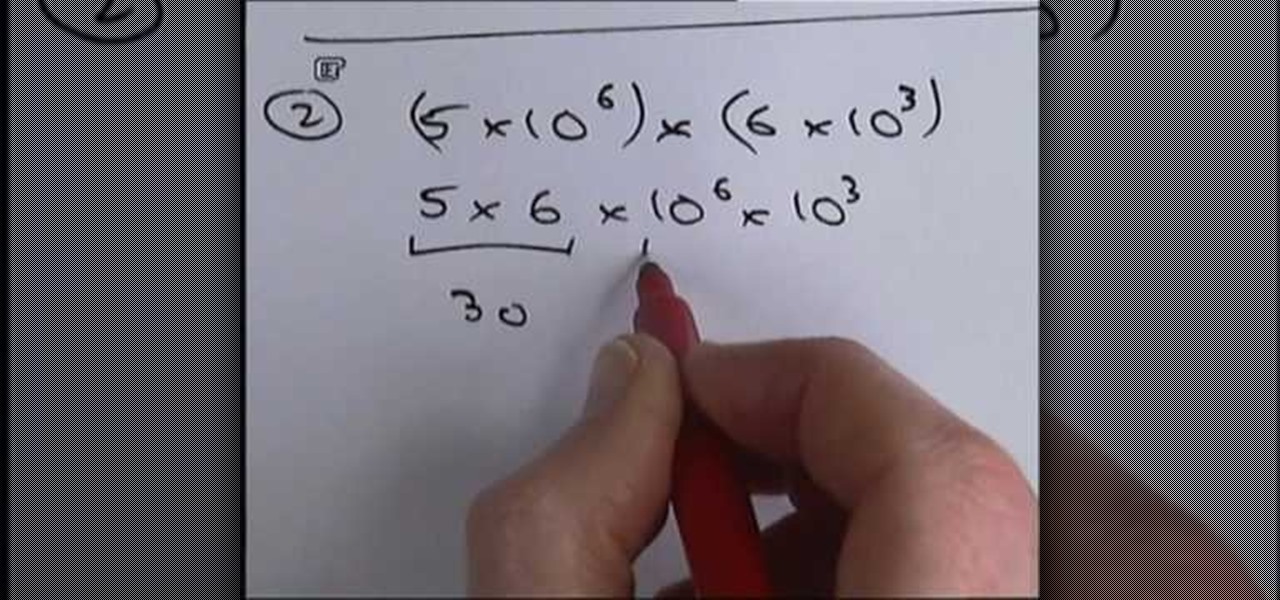
How To: Calculate sums in standard form
When a number is expressed in the form of x multiplied by 10^y such that, x < 10 and y is an integer, the number is said to be in standard form. Standard form of expressing numbers finds its use in scientific and statistical fields. This video demostrates how to express, as well as perform basic mathematical operations namely, addition/subtraction, multiplication and division of numbers in the standard form using four examples/mathematical problems. The first two examples demostrate multiplic...

How To: Find the area & perimeter of triangles & squares
When you are figuring the area of a square, you only need to know the height and width of the shape. Once you know the height and width, multiply them to get the area of the square. To find the perimeter of the square, add all four sides together. To find the area of a triangle, multiply together two of the sides (not the hypotenuse) and then multiply that figure by 1/2. To find the perimeter of the triangle, add all three sides together.
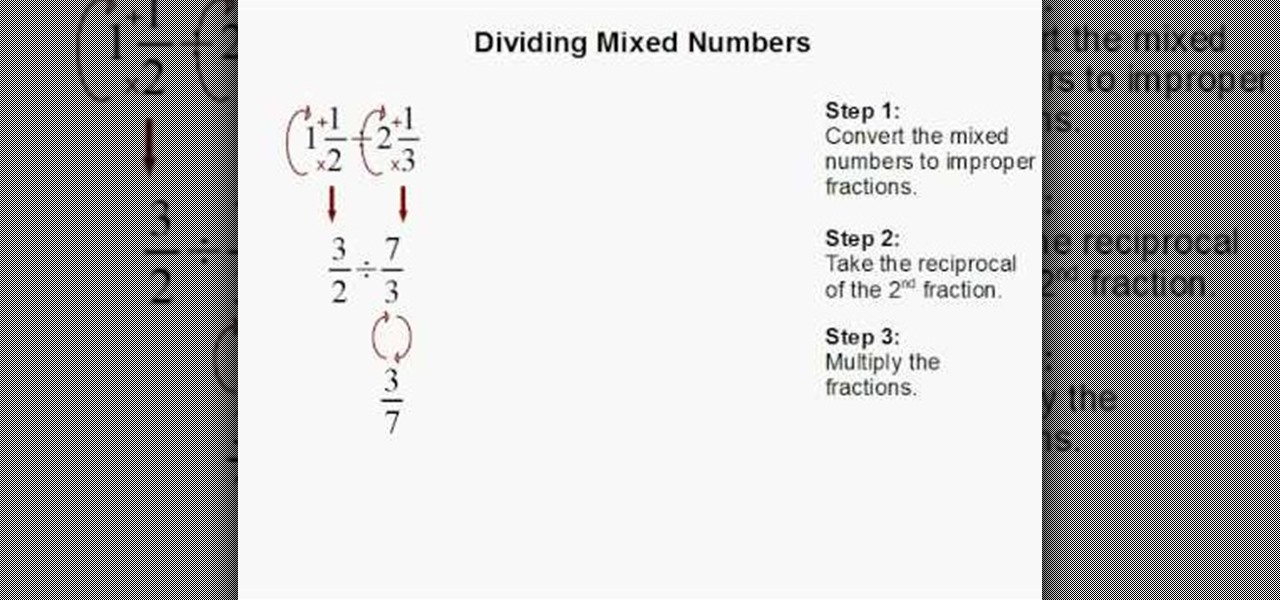
How To: Divide mixed numbers quickly and easily
Dividing mixed numbers may seem like a complicated operation. However, this brief video makes it simple. The illustrations in this video show you step-by-step how to divide mixed numbers using a very simple method. It involves taking the reciprocal of the second fraction. This math tutorial takes you the rest of the way and simplifies mixed number problems.
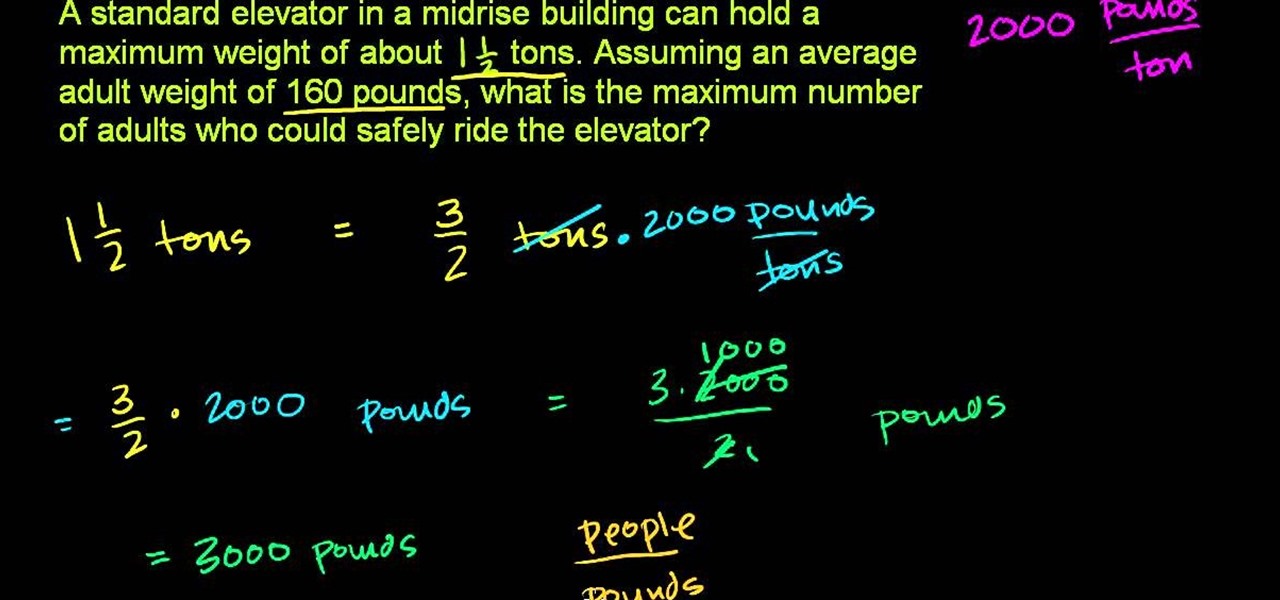
How To: Solve word problems involving units of weight in basic math
From Ramanujan to calculus co-creator Gottfried Leibniz, many of the world's best and brightest mathematical minds have belonged to autodidacts. And, thanks to the Internet, it's easier than ever to follow in their footsteps. With this installment from Internet pedagogical superstar Salman Khan's series of free math tutorials, you'll learn how to solve application problems involving units of weight in basic arithmetic.
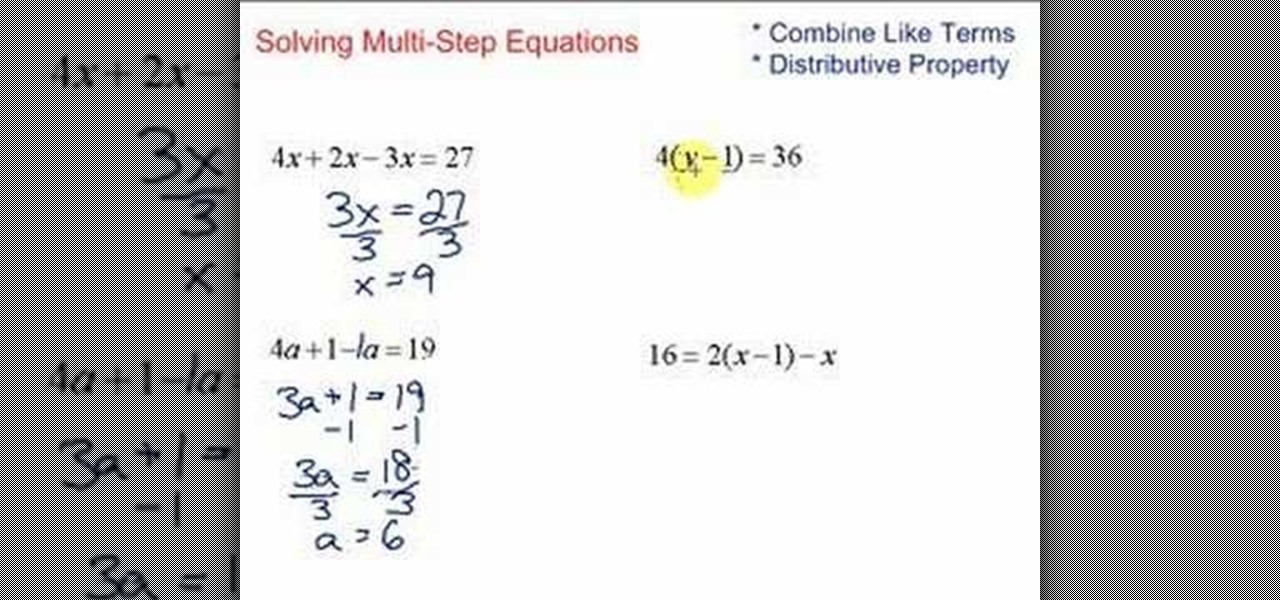
How To: Simplify & solve multi-step equations in algebra
Looking for a primer on how to combine like terms and/or use the distributive property to solve algebraic equations? Learn how with this free video lesson. From Ramanujan to calculus co-creator Gottfried Leibniz, many of the world's best and brightest mathematical minds have belonged to autodidacts. And, thanks to the Internet, it's easier than ever to follow in their footsteps (or just finish your homework or study for that next big test).

How To: Simplify exponential expressions in basic algebra
The video shows how to solved mixed property problems using the exponent rules. See if there are any rules you can apply to the problem until you get to a point where you can't simplify anymore. The instructor shows in the example problem that the two bases are the same, but there is extras happening the numerator. The power to power multiply rule is applied removing the extra issues from the numerator. Next the quotient rules is applied as there is the exact same base to the power so we keep...
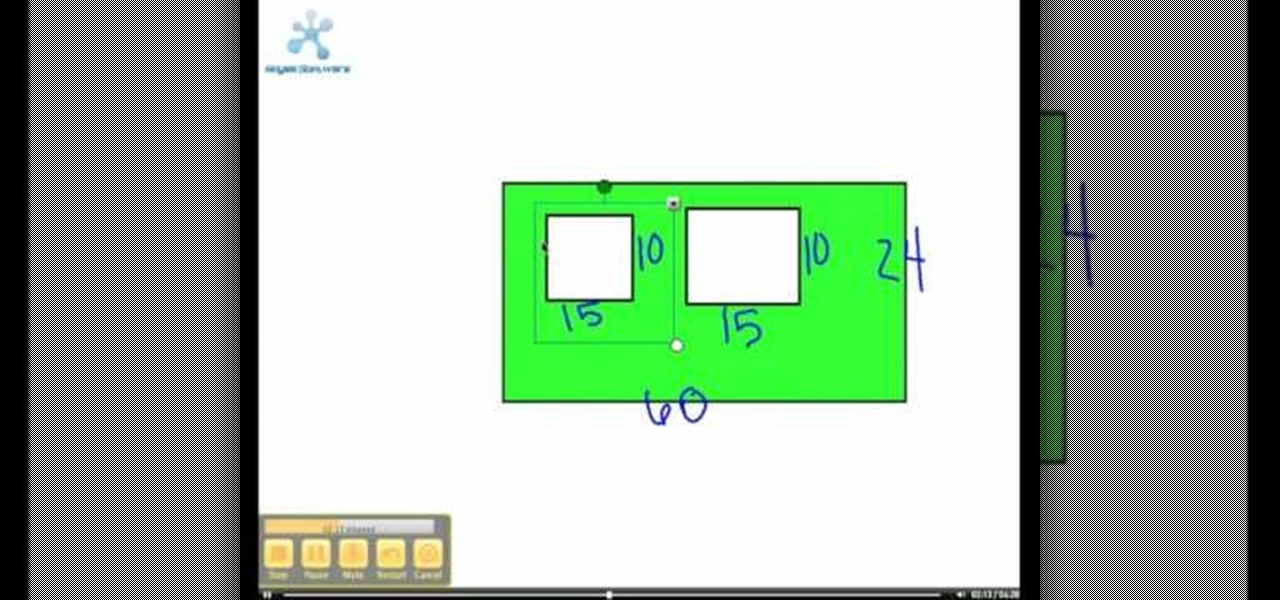
How To: Find the area of complex figures
In this tutorial the author explains how to compute the area of a complex figure. Now he first defines what a complex figure is by saying that a complex figure is a figure made up of two or more basic shapes. He uses an example to convey his idea and breaks that sample figure into basic squares and rectangles. Now he computes the areas of these individual units separately and finally puts them together to arrive at the final area of the complex figure. If you are looking to compute the area o...




